THE LURE OF A FEDDERS HOUSE (1902)
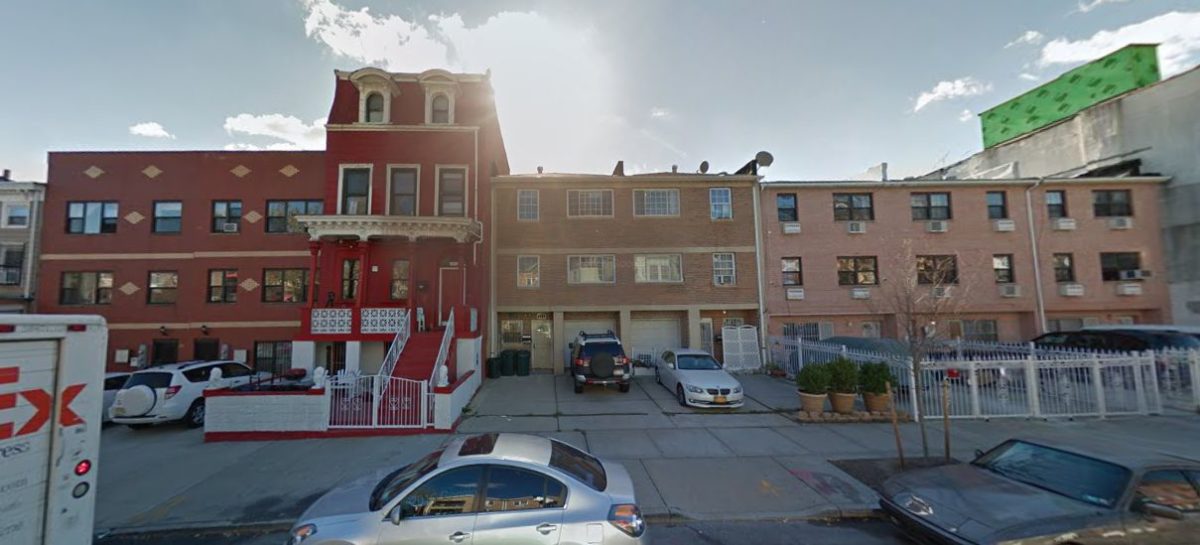
Brownstone Detectives investigates the history of our clients’ homes.
The story you are about to read was composed from research conducted in the course of one of those investigations.
Do you know the history of YOUR house?
********************************************************************************************************************************
(In 1868, Quincy Street [between Bedford and Nostrand avenues] boasted of rows of beautiful Victorian wood-frame homes. The row pictured above contained houses like the red building above.)
In 1902, luxurious wood frame houses that had been built closer to the middle of the century before were beginning to show their wear – not just in their physical appearances, but also within the rental rolls that such structures had previously been able to command.
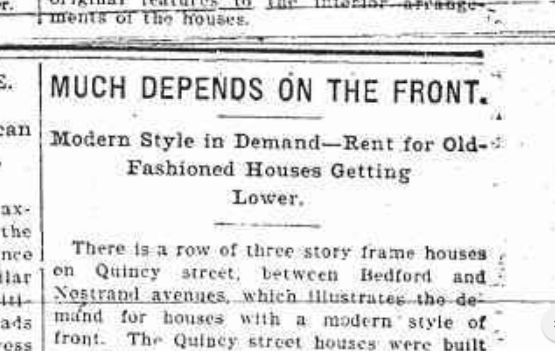
Since 1868, when the above house (third from left) was built, brownstone and limestone fronted houses had come into vogue, attracting those with means to buy and rent them, while forcing owners of the antiquated frame houses, due to the old issue of supply and demand, to reduce their rents – significantly.
“There is a row of three story frame houses on Quincy street, between Bedford and Nostrand avenues which illustrates the demand for houses with a modern style of front,” noted the Brooklyn Daily Eagle.
“The Quincy street houses were built in 1868 by a well known architect and builder. They are 20 feet wide on an extra deep lot. The accompanying picture shows the appearance of the houses (no photograph was actually printed with this article). They sold for $9,000 each upon completion. Those who bought at the time of completion thirty-three years ago are living there still.”
The Eagle reporter though, went on to describe the cost of these old houses in terms of the reductions in rents that their owners were forced to charge as a result of their old-fashioned fronts.
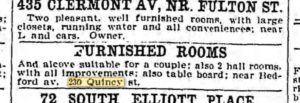
“Two of the row, numbers 222 and 230 (the latter is still in existence as shown in the image above), have been rented continuously. In 1883 and for some years afterward they yielded a rental of $60 monthly. The street was then cobbled where now it is asphalted. The same houses now yield a rental only of $30 or $35 monthly.”
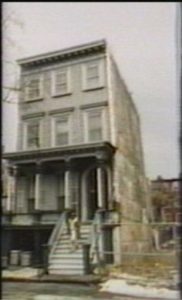
Article readers may have wondered at this point whether the cause of the reduction in rent had been due to the neighborhood having gone down or becoming less attractive in some way. Perhaps the street had found itself far from a streetcar line or subway stop. The Eagle reporter, however, made clear that it had nothinng to do with the neighborhood.
“The neighborhood has not deteriorated. The houses are skillfully planned and well built. And yet many two story stone houses in no better neighborhoods bring larger rentals.”
It was at this point that the reporter came full circle in his argument which justified the cause of the 50% drop in rentals in the houses:
“These houses are an example of the demand for stone front houses.”
It should be added, however, that this reporter could not have predicted the type of stone house that would someday replace these glorious Victorian wood frame structures. Nor could he have known how the trend would someday reverse itself where Fedders houses were concerned…
———————————————————————————————————————–
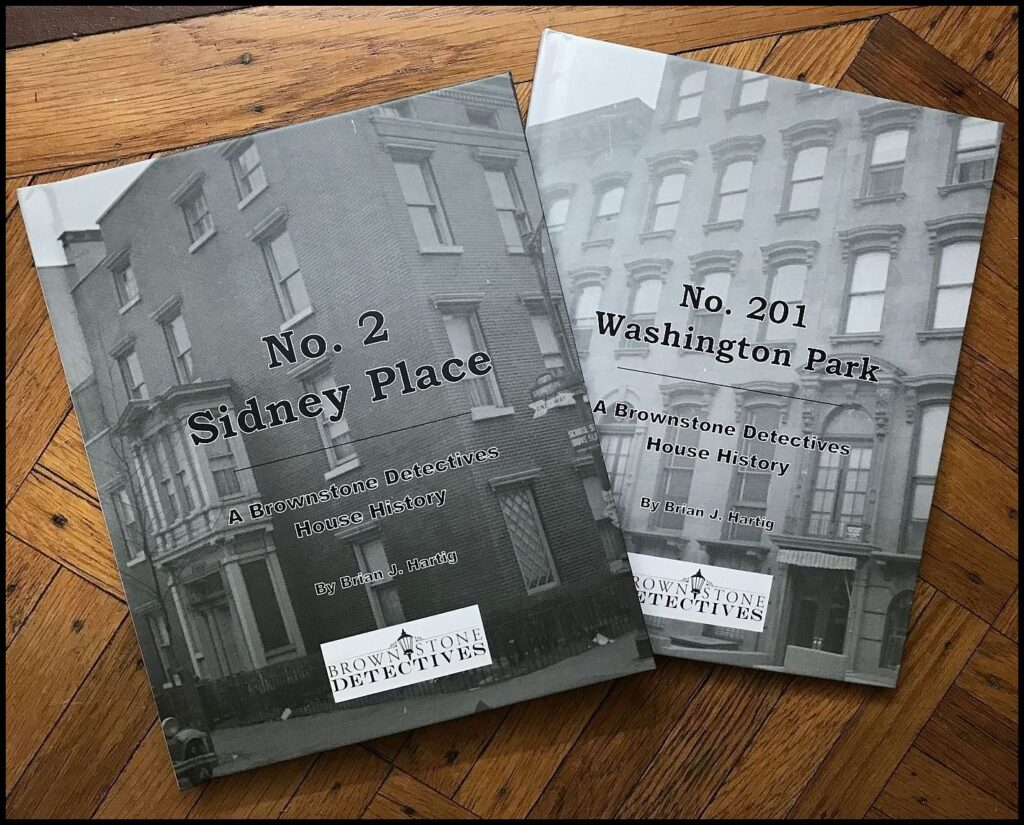 Brownstone Detectives is an historic property research agency. Our mission is to document and save the histories of our clients’ homes. From our research, we produce our celebrated House History Books and House History Reports. Contact us today to begin discovering the history of your home.
Brownstone Detectives is an historic property research agency. Our mission is to document and save the histories of our clients’ homes. From our research, we produce our celebrated House History Books and House History Reports. Contact us today to begin discovering the history of your home.